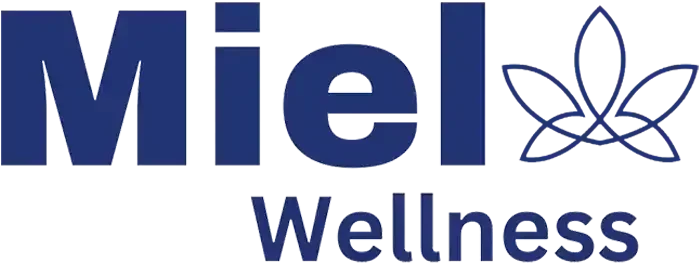Anxiety disorders affect more than 40 million Americans across the country. Many people who seek treatment for anxiety receive prescription medications to help alleviate the symptoms. The problem with these prescriptions is that they often have unwanted side effects, such as drowsiness, trouble concentrating, and poor coordination. Cannabis provides an alternative to conventional medications, offering relief without the side effects. For some, however, the effects of THC can be too much. Instead of taking regular doses, microdosing may be a better option. Here’s what you need to know about microdosing for anxiety.
Microdosing Basics
With microdosing, the goal is to find the smallest dose of cannabis that provides you with relief from your anxiety symptoms, but that doesn’t cause you to get high. The general recommended starting point is one to two milligrams of THC. After taking the dose, wait to see if you feel any relief. Gradually increase your dose (waiting between them to avoid too much THC in your system at once) until you start feeling the desired results.
How Microdosing Alleviates Anxiety
Research from the University of Illinois at Chicago points toward cannabis having biphasic effects. In small doses, THC helps to alleviate anxiety symptoms, providing you with much-needed relief without the side effects of common prescription anti-anxiety medications. In higher doses, however, THC has the opposite effect, worsening your symptoms. You can take small doses periodically throughout the day without having to worry about a high interfering with your ability to function.
Ways to Microdose
There is no one way to microdose, which means you can find a consumption method that works best for you:
Smoking
Smoking is the traditional method of cannabis consumption. While it is possible to microdose while smoking a joint, it’s difficult to measure your dose accurately.
Vaping
Vaping involves inhalation, but you’re inhaling vapor instead of smoke. Vaping offers a bit more accuracy than smoking. It’s also more discreet.
Edibles
Edibles are one of the best methods of consumption for microdosing. All foods and beverages sold in dispensaries provide the THC content per package and per serving. You can break a five-milligram serving in half, or even in quarters to start. While they’re discreet, it does take longer to feel the effects.
Tinctures
Tinctures are another excellent option for microdosing. Their lids have droppers in them, which have marks on the side to indicate how much you’re getting. They’re also easy to use, discreet, and fast-acting.
Are There Any Downsides?
Microdosing has many benefits. You get the relief you need without feeling any mind-altering effects. You also don’t have to worry about the side effects of traditional medications. Not to mention, your stash lasts a bit longer when you’re only using small amounts at a time.
The biggest downside of microdosing is that it may take some time to find your ideal dose. What works for one person might not work for another. You need to take the time to find what works best for you.
Final Thoughts
For some people, a little bit goes a long way. Microdosing can provide effective anxiety relief without the unwanted side effects of conventional prescription medications, but it’s always a best practice to ask your mental health professional if cannabis is an option and then seek the guidance of a qualified budtender.


